Cauliflowers

Cauliflower seeds are the most handy fall season vegetable choice in India. Sow cauliflower seeds at a spot that receives full sun. You can transplant seedlings within a month. Keep your cauliflowers well-watered as they grow.
Harvesting Tip:
Your crop will be ready to harvest in 100-120 days after planting. Savor the fruits of your hard work with these nutritious cauliflower recipes.
Cabbages

Cabbage seeds grow best during cool weather. Here is our detailed guide on how to grow cabbage at home. Pick healthy soil with a pH range of 6.5 to 7. Seedlings will be ready to transplant in one month. Learn specific tips on how to successfully germinate your seeds.
Harvesting Tip:
Your cabbages will be ready to harvest in two months. Harvest with a sharp knife by cutting above root level.
Beetroots

Beetroot seeds are revered for their detox and antioxidant properties. They grow best next to their companion cabbages. Pre-soak beetroot seeds 24 hours before planting. Sow 1 inch deep, 2 inches apart. Beets favor a neutral, moist, and fertilized soil and a sunny spot. You can grow them on an empty rooftop by learning how to prepare the rooftop floor for home vegetable gardening.
Harvesting Tip:
Beetroot bulbs will be ready to harvest in about a month from the day of transplanting and are best harvested before they turn woody.
Kohlrabi

Kohlrabi seeds are on the list for the crop is extremely rich in Vitamin C, a natural way to power up immunity. Plant in a sunny spot and ensure evenly moist soil to keep the crop from turning woody. You can grow kohlrabi in raised beds next to other greens. Learn how to grow vegetables in raised beds to make the best use of your space.
Harvesting Tip:
Dig at the roots and snip the ready leaves from the stem to pull out successfully.
Kale

Kale seeds can be sown directly in sandy, rich soil or transplanted. Kale is a hardy winter season crop, ready for harvest in three months. Here is an exhaustive kale growing guide for a step-by-step approach. You may use a natural insecticide in case of aphids or cabbage worms.
Harvesting Tip:
Pick them like any other collard greens, fresh and leafy.
Broccoli

Broccoli seeds enjoy soaking in full sun and nitrogen-rich acidic soil enriched by mulching. Learn about mulching comprehensively with our free guide on how to mulch. Watch out for insects like loopers, maggots, and cabbage worms with natural insecticide or manual picking. Learn how to grow broccoli like a pro.
Harvesting Tip:
Cut on a diagonal with a sharp knife to allow water to run off.
Lettuce

Lettuce seeds can be planted in full or partial sun. They love growing next to carrots and radishes. Here’s everything you need to know about growing lettuce in India this fall season. Be vigilant on optimum watering as lettuce has a delicate root system requiring consistent soil moisture.
Harvesting Tip:
Once green and flesh, pick individual baby leaves in the morning.
Radish

Radish seeds can be planted next to beets and carrots. Moist soil facilitates accelerated growth and fleshy roots. As a root plant, caterpillars and snails will make their way to the radishes but can be picked up manually.
Harvesting Tip:
Winter radishes mature in about 8 weeks and can be plucked fresh in the morning. Play chef with our healthy radish recipes.
Pak Choi

Pak Choi seeds can be sown in loose and moist soil with water holding capacity. Choose a quality potting mix. Pak Choi makes a prolific addition to your home kitchen garden and is easy to grow in containers. Here’s our master container gardening guide, especially for urban gardeners.
Harvesting Tip:
Pak choi can be harvested young and tender or when the leaves are about 1 to 2 feet tall.
Carrots

Carrot seeds need to be covered with peat moss or potting soil, once planted. Add a dash of color and nutrition to your kitchen garden with this vibrant, fall-season variety. Here is our complete guide on growing carrots at home this winter season.
Harvesting Tip:
Ensure digging up at roots before pulling the carrots or you will end up only with the foliage.
New to gardening? Learn how to start a kitchen garden at home.


 Sign In
Sign In



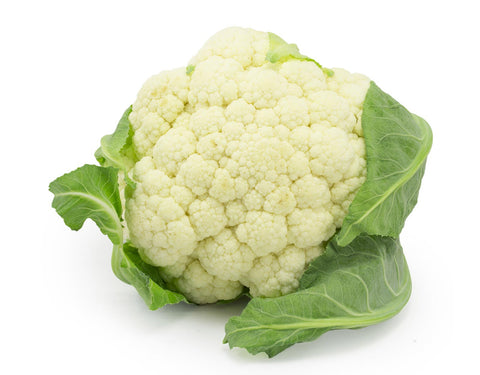
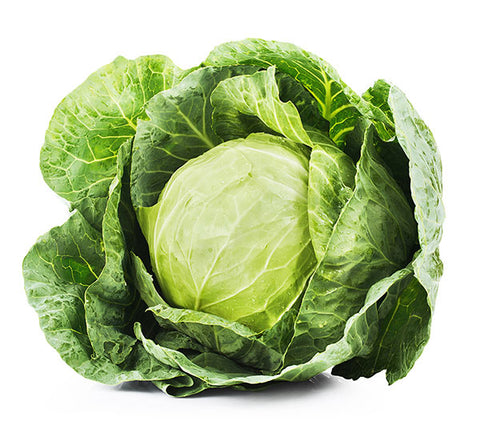
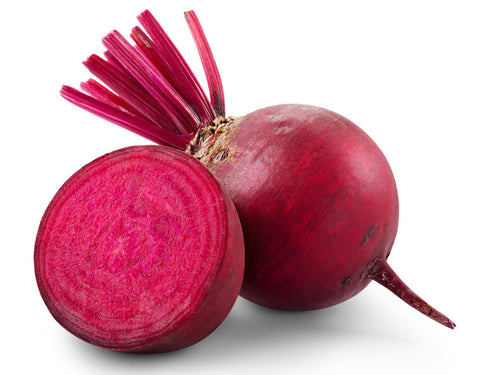
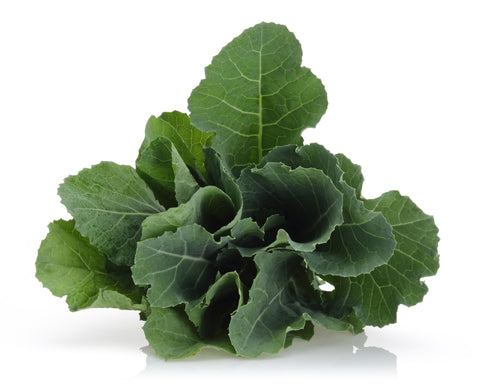

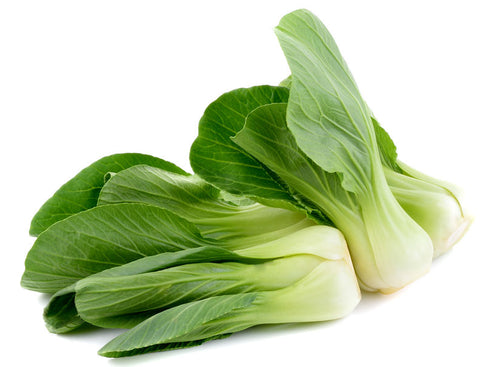
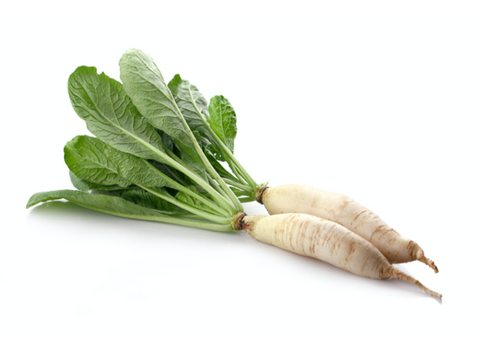
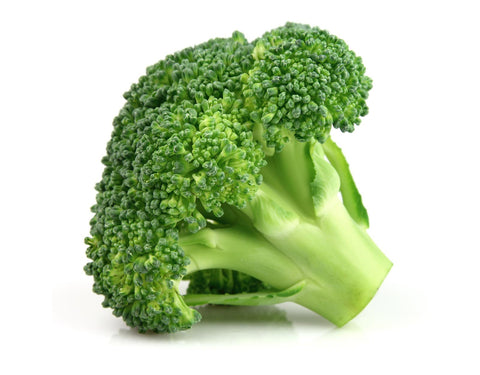
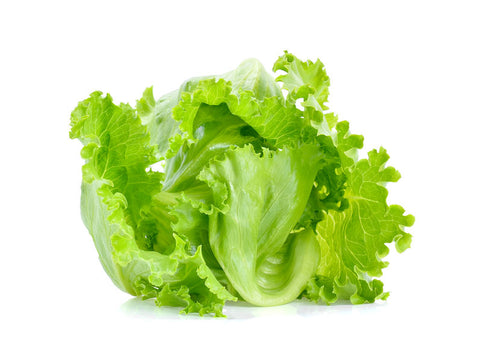
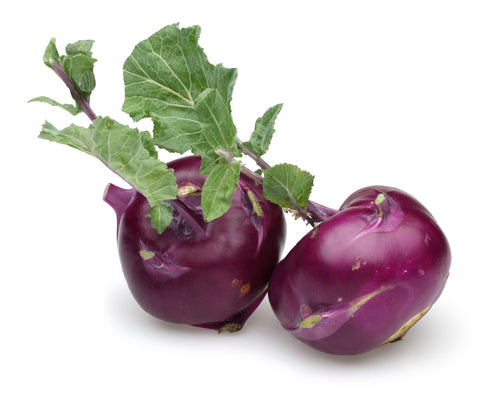

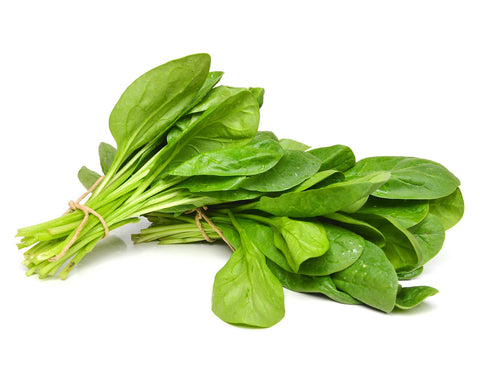
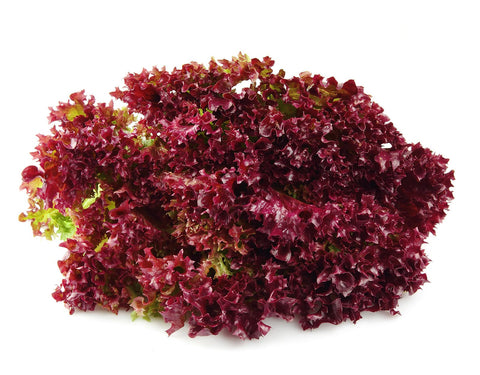
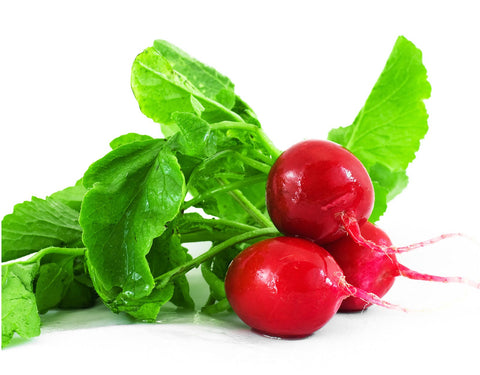
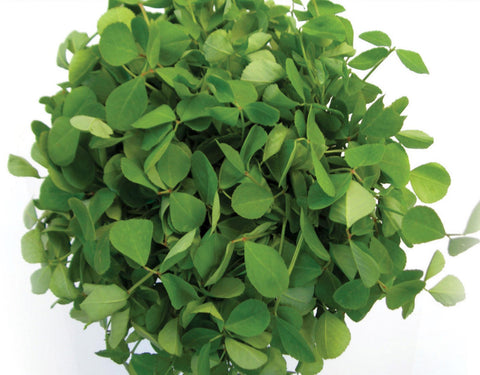







Let us know your feedback
* Comments must be approved before being displayed.